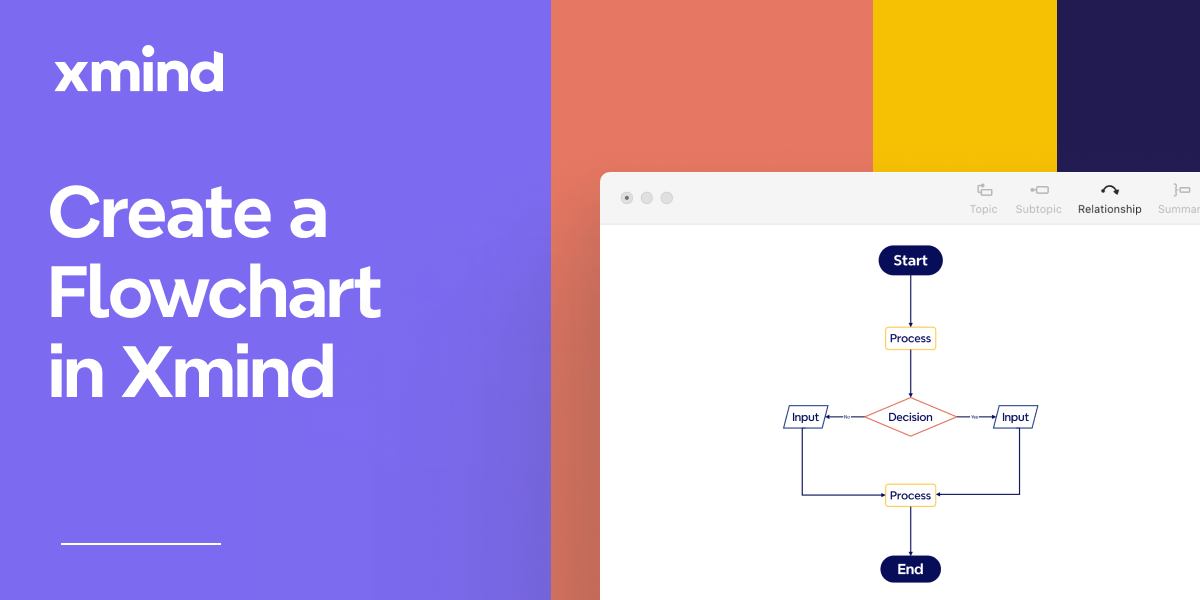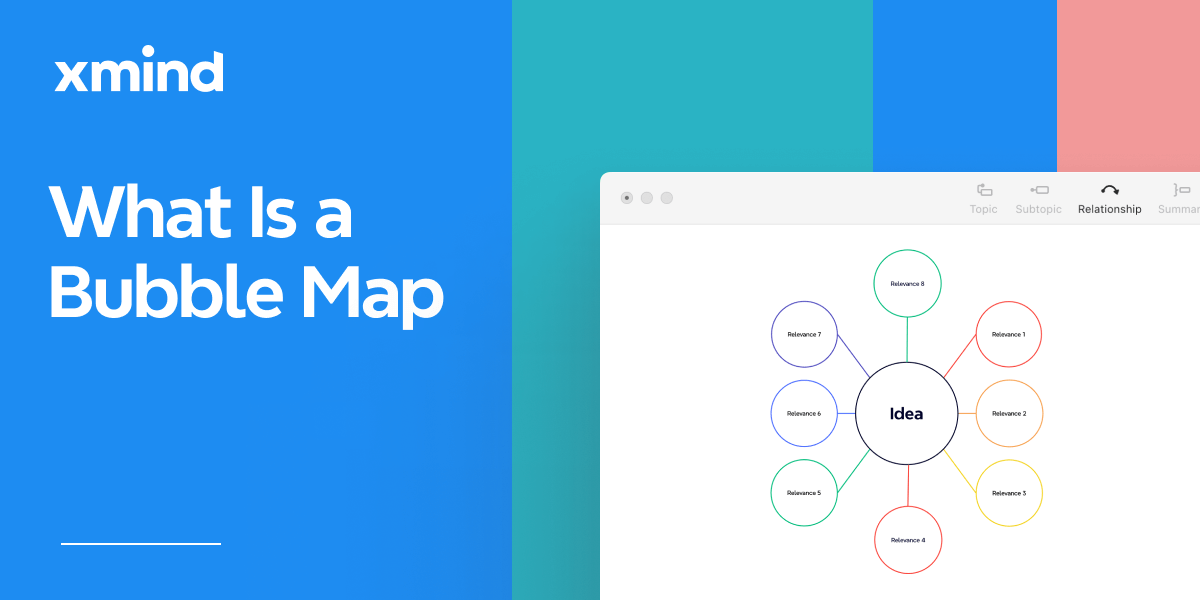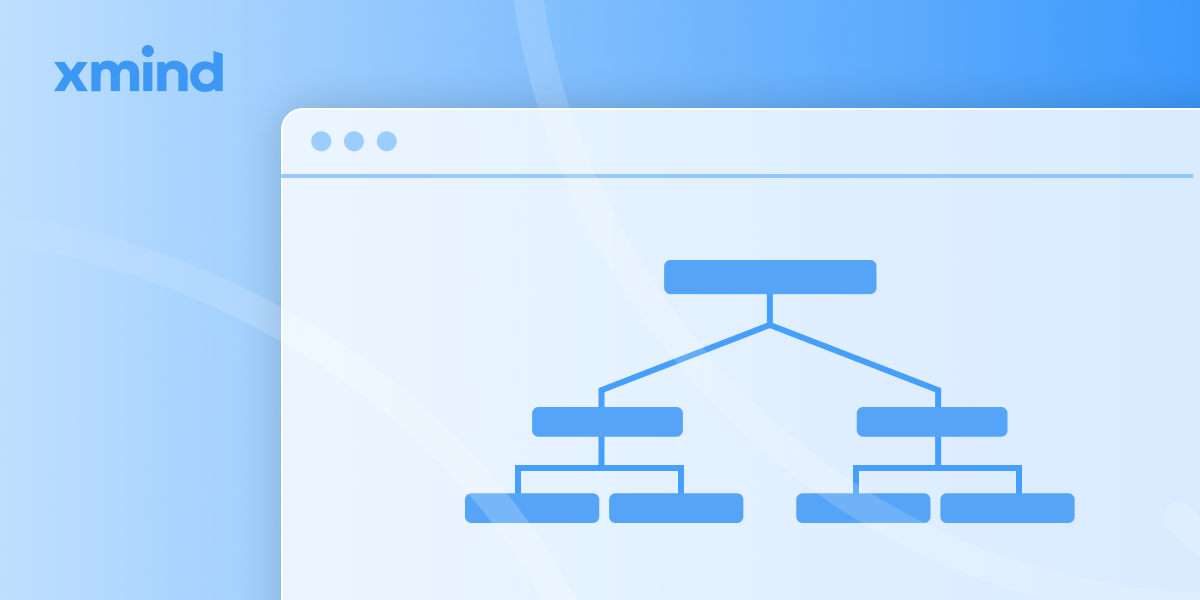Jul 27, 2020
How to Combine Different Structures in XMind and Why

Jul 27, 2020
How to Combine Different Structures in XMind and Why

XMind supports multiple structures to start graphing with, such as fishbone, matrix and timeline structures. However, not many know the fact that not limited to one-structure-one-map, XMind users are able to combine as many structures as they need in a single mind map. Each branch can be a unique structure.
Therefore, in the following article, we will be sharing with you why and how to combine different structures when mind mapping in XMind. Whether you are new to this hidden function or already know but find it hard to master the structure combination, stick till the very end to know all!
Six Mind Map Structures
1. Mindmap
A mind map structure, proposed by the British psychologist Tony Buzan in 1970s, is a visual diagram in the form of a tree. A central topic sets as the center, major topics radiate from a central topic, and subtopics are the sub-branches of the major ones. It is the most classic and common-used mind map structure (as default) in XMind.
- Applied situations: brainstorming, note-taking

2. Logic Chart
A logic chart structure in XMind is designed to emphasize the correlation between the overall theme and partial analysis. The central topic with the highest hierarchy is positioned on the very left side, and it is expanded or divided into main topics and subtopics with further details as graphing and listing towards the right side. It also can be viewed as a demonstration of the Pyramid Principle (bottom line/themes, key points/details, data, evidence) striving to craft coherent explanations.
- Applied situations: problem analyzing, problem solving

3. Org Chart
Users can use an organizational chart when trying to present the hierarchical relationships within a discussion or organization. Imagine how much awkwardness you can avoid when an HR manager provides you with a clear company organizational chart with head photos inserted on the very first day.
- Applied situations: company orientation, teamwork distributing

4. Timeline
A timeline structure is best to use when graphing a series of events. There are landscape and portrait formats to choose from, depending on personal habits or reading settings. For example, a landscape timeline shows better on a computer screen while a portrait one is easier on mobile.


- Applied situations: reflecting upon past events, planning ahead
5. Fishbone
A fishbone structure, or Ishikawa diagram, is a cause-and-effect visual analysis that helps to track down reasons for a result or an event, for example, an imperfection or a business failure. It looks like a fish’s skeleton with the result (problem) at its head, and the causes are listed into the fish spine.

- Applied situations: problem/event analyzing, improving upon an imperfection
6. Matrix
The strength of a matrix structure is to organize and analyze complicated information from multiple dimensions and increase thinking efficiency. Different from the common Excel, a matrix structure in XMind allows different customizations and highlights such as callout and summary.

- Applied situations: product comparison, competitor analysis, data tracking
Why Need to Combine Structures?
Visualize Complex Logics & Thoughts
As each branch can be a unique structure, XMind users can combine different structures to represent and visualize more complicated projects.

For example, in the graph above, while dealing with complex project management, you are able to use various structures which function differently in a single mind map. Use org chart for task distribution, matrix for scheduling, and logic chart for analysis. Try to combine structures when mind mapping to convey more accurate information and visualize complex logic glows & thoughts.
Pursue Overall Balance & Aesthetics
Both logic structure and aesthetics play important roles in graphing a mind map, as readers are more willing to read and intake information from a persuasive but also visually pleasant presentation. Especially when you have many contents to include, a smart combination of different structures makes your map more cohesive, balancing and readable.

How to Combine Structures in XMind?
It’s actually very easy to operate if users want to keep the structure of the main topic and only change the that of the subtopic branches.
Click on the subtopic box > Go to the Format/Style section > Click Structure to change

Thanks for reading until this very end! Hope this article helps you learn how to apply a unique structure in each subtopic branch to facilitate complex idea flows and diversify your map presentation. As always, have fun with XMind ☺
More Posts
Flowchart Essentials: Definition, Templates, and Free Softwares
Discover the power of flowcharts with our detailed guide. Learn what a flowchart is, explore practical use cases, and discover how to create and optimize them using softwares like Xmind and Xmind AI for enhanced workflow efficiency.

Bubble Maps: Definition, Examples, and How to Create in Xmind
Discover the power of bubble maps for data visualization with our comprehensive guide. Learn about different types, practical applications, and best mind mapping tools like Xmind. Get step-by-step instructions and expert tips to create stunning bubble maps for brainstorming, project management, and report writing.

The Complete Guide to Organizational Chart [2024]
Discover the simple steps to build dynamic organizational charts with Xmind.


One space for all your ideas
Organize thoughts, visualize structures, connect ideas, and unlock insights.
Get Started for Free


